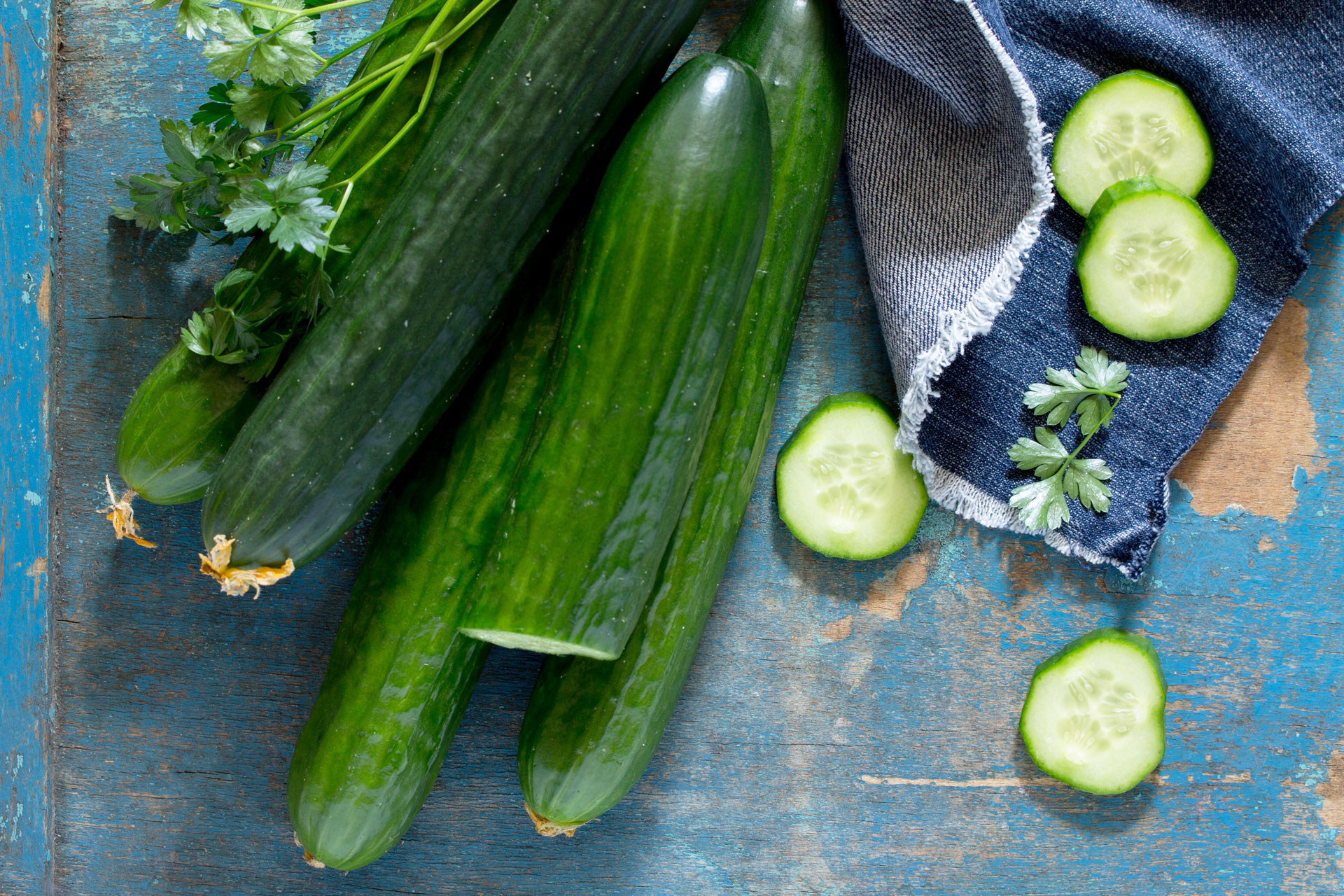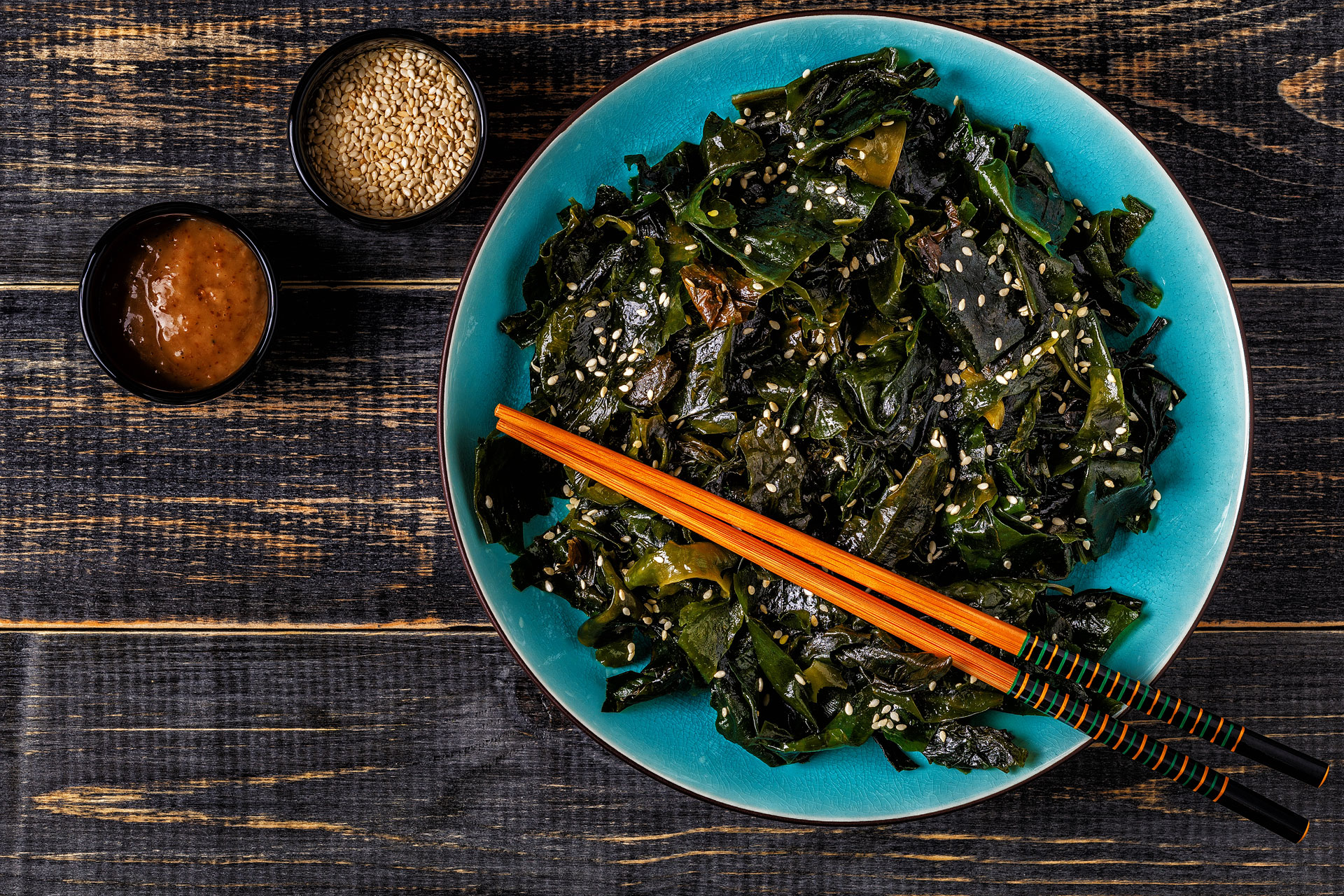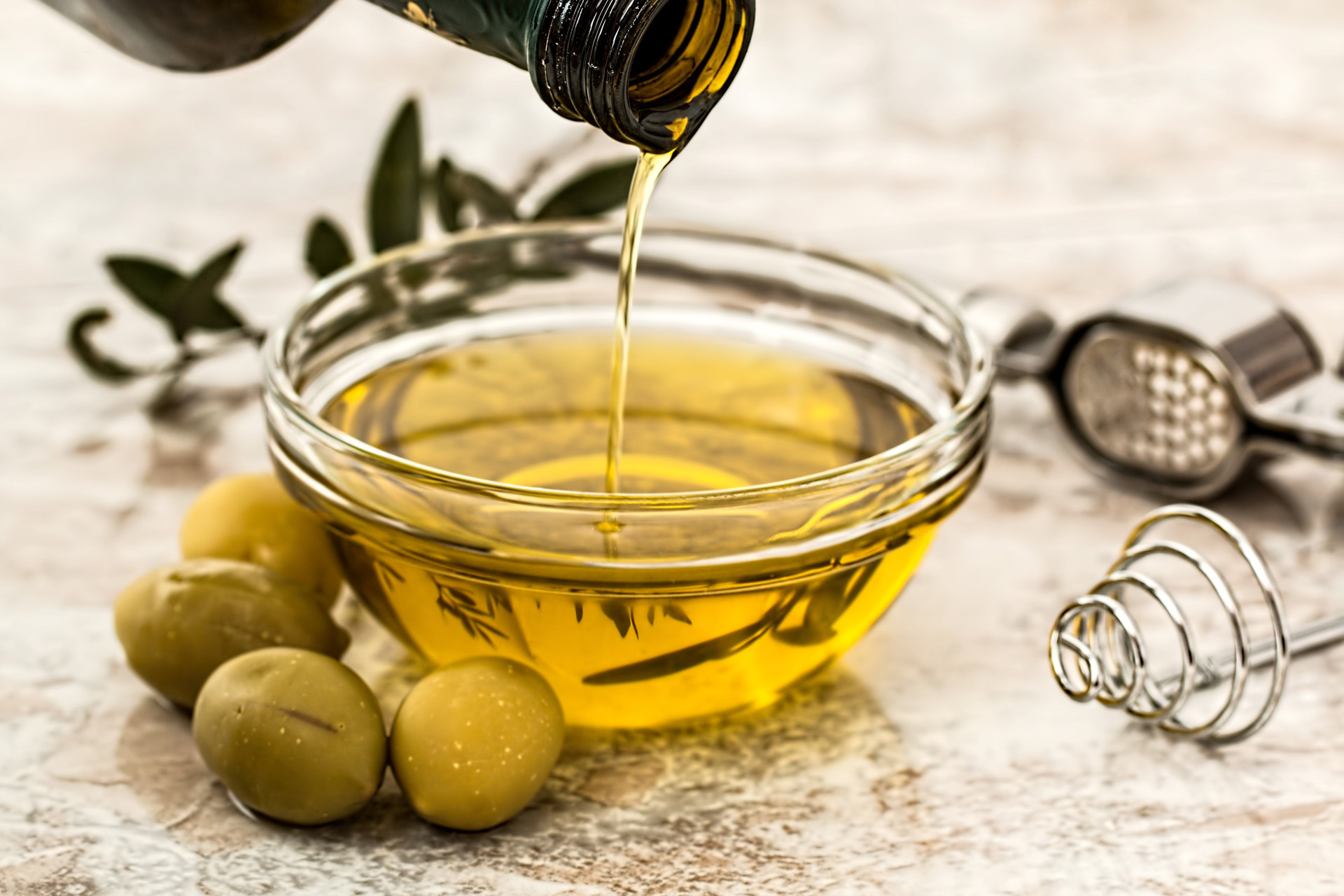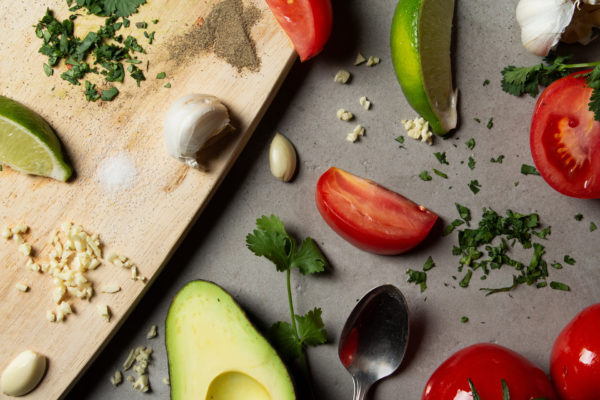
6 Key Food And Drink Trends For 2025
By
5 months ago
The topics set to take over the food world next year
What will we be eating and drinking in 2025? And how will brands be adapting to meet current needs? We delve into the key themes set dominate the industry next year. From TikTok’s colossal influence to diversified ingredient sourcing and humanising technology, these are the big food trends for 2025.
Mintel Reveals Top Global Food Trends For 2025
Fundamentally Nutritious
According to Mintel’s latest trends report, the notion of food as medicine will continue to gain traction in 2025 – spurred on by increased concern about the impact of ultra-processed foods. Mintel also points out the effect of weight loss injections like Ozempic and Wegovy, which it argues is encouraging an increased focus on the critical nutrients of foods.
Alex Beckett, Mintel’s Food & Drink Director, says: ‘Simplified claims that highlight protein, fibre, vitamins and mineral content will appeal to people who are using weight-loss drugs, as well as the majority of consumers who define their diets based on their individual needs and how food makes them feel,’ he says. ‘Expect to see an increase in nutrient-dense product innovations to improve short- and long-term health.’
We’re also seeing a surge in interest in the two metrics associated with weight-loss drugs: blood sugar and hormone health, which will trigger key 2025 food trends. Blood sugar tracking has been one of 2024’s hottest topics, led by brands like Zoe, and this is increasing the demand for low-glycemic formulas (foods less likely to raise blood sugar levels). Discussions surrounding hormone health will continue to dominate the conversation in 2025, too. We’ve seen a surge in hormone-balancing products recently, particularly supplements related to menopause support, but next year there will be a big focus on the relationship between diet and hormones.

Getty Images
The TikTok Effect
TikTok is influencing our food habits more than ever before. In Just Eat’s latest trends report, over half those surveyed said the platform inspires what they eat, and 55 percent admitting to buying trending ingredients because their favourite influencer was raving about them. A prime example of this was the viral cucumber salad trend, which saw sales of cucumbers doubling on Just Eat. A whole cucumber from Waitrose, meanwhile, was the fourth most popular item on Deliveroo this year.
Rule Rebellion
Next year we’ll be throwing out the food rulebook, says Mintel, who has noticed a shift in the way we consume food. ‘As society increasingly accepts imperfections, food and drink brands can target these “perfectly imperfect” consumers with innovation that breaks the invisible rules around food and drink consumption,’ says Beckett.
He adds: ‘Brands can lean into how consumers want to, or actually, consume food and drink rather than how they feel they “should”. By supporting these rebellious tendencies, brands can help consumers feel more represented by the outside-the-norm food and drink choices available to them.’

Getty Images
This rule-breaking mentality is also encouraging brands and chefs to utilise unfamiliar, eco-conscious ingredients, such as lemna and seaweed. Silo founder Douglas McMaster is a pioneer in this area, having launched a supper club series dedicated to invasive species.
The role of food and drink in mental health will also be a big topic in 2025, says Beckett. ‘In the near future, brands will seek to break down continued social stigmas surrounding lesser-talked-about health issues. For example, currently less-seen on-pack and marketing messaging that directly mentions the role of food and drink in mental health management will become more commonplace.’
Little Treats
Little treat culture was one of Whole Foods’ top 2024 food trends, but fear not everyone, it’s going nowhere. We’ve got TikTok to thank for that one too: the platform has helped romanticise those low-cost luxuries that make everyday life that little bit sweeter. And while these don’t have to be food-related, often they are – recent research from Deloitte shows people are most likely to say their ‘recent splurge purchase’ was food or drink, and McKinsey similarly found groceries to be the ‘newest biggest splurge category’. In Just Eat’s survey, meanwhile, 36 percent of Brits said a sweet treat brightens their day, and 55 percent of those surveyed agreed a coffee or a pastry is the perfect mid-morning boost.
Chain Reaction
Food and drink production is increasingly being impacted by both climate change and geopolitical events. The UK was sent into a frenzy earlier this year following reports of a tea shortage – a result of the Red Sea crisis. Rising temperatures and extreme weather conditions, meanwhile, are affecting the production (and consequently, the price) of everything from pumpkins to olive oil to coffee.

‘In an increasingly volatile world, food and drink brands must clearly communicate how adjustments from local to global sourcing were made to benefit consumers,’ notes Beckett. ‘Cross-industry, multinational collaboration and scalable tech solutions will be required, but they are not without complications. More importantly, consumers will feel the consequences of these challenges personally, and brands must be ready with solutions.’
We’ll see continued innovation in this area in 2025, says Mintel’s report. Ingredients will be sourced from regions that are potentially more reliable, such as olive oil from Algeria or Peru, which will likely create more nuanced flavour variations for staple products.
Hybrid Harvests
Technology is increasingly being used in food and drink production to meet current food supply challenges – although many of us aren’t ready to embrace it, says Mintel. However, as we’re seeing across the board, the savvy brands will be looking for ways to humanise AI. ‘Over the next few years, food and drink brands must prioritise how these technological advancements benefit the consumer first through better taste, greater nutrition or consistent supply – and the environment second,’ Beckett predicts.






